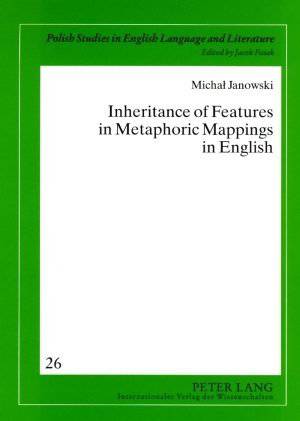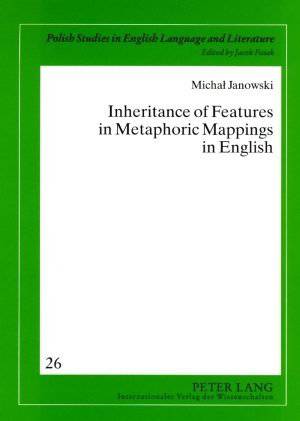
- Afhalen na 1 uur in een winkel met voorraad
- Gratis thuislevering in België vanaf € 30
- Ruim aanbod met 7 miljoen producten
- Afhalen na 1 uur in een winkel met voorraad
- Gratis thuislevering in België vanaf € 30
- Ruim aanbod met 7 miljoen producten
Zoeken
€ 102,95
+ 205 punten
Omschrijving
The book is devoted to conceptual metaphors in English according to the level of abstraction in their target domains. The findings reveal a striking difference between mappings onto concrete domains and mappings onto abstract ones. In metaphors with concrete target domains, a preexisting similarity between the source and target concepts can be revealed or highlighted. In contrast, when the target domain is abstract, the similarity between the source and target concepts is created rather than merely revealed or highlighted. To some degree, creation of similarity is possible even with concrete domains, but in abstract ones it is necessary, not optional. This is because abstract concepts have little or no schematic structure in the first place. Since abstract concepts are classified in language as kinds of physical objects, they inherit rudimentary physical properties, such as density, weight, temperature, etc. Looking at metaphors from this perspective allows us to refine the existing theories of metaphor.
Specificaties
Betrokkenen
- Auteur(s):
- Uitgeverij:
Inhoud
- Aantal bladzijden:
- 148
- Taal:
- Engels
- Reeks:
- Reeksnummer:
- nr. 26
Eigenschappen
- Productcode (EAN):
- 9783631590898
- Verschijningsdatum:
- 19/01/2009
- Uitvoering:
- Paperback
- Formaat:
- Trade paperback (VS)
- Afmetingen:
- 148 mm x 210 mm
- Gewicht:
- 185 g

Alleen bij Standaard Boekhandel
+ 205 punten op je klantenkaart van Standaard Boekhandel
Beoordelingen
We publiceren alleen reviews die voldoen aan de voorwaarden voor reviews. Bekijk onze voorwaarden voor reviews.








